Following our Hokkaido Landscape Photography Tour for 2016, this week we continue our three part travelogue series to walk you through this minimalist photographer’s dream tour, illustrated with a total of 36 images.
We pick up the trail in the afternoon of day three when we were in the foothills of Mount Asahi, after shooting the last photo that we looked at in part one of this travelogue series. There are some birch trees and the darker trees that we can see in this fun photograph that I shot laying on my back in the deep snow (below). I know that this kind of image is done a lot, and I shoot them quite often too, but I just like doing this.
I shot this with my 11-24mm lens wide open at 11mm, to really distort the scene, making it look like the trees are all leaning in, although the reality is of course, that they are all just pointing pretty much straight up at the sky. There was probably only about six to eight feet between each tree as well. The exposure here was a 1/50 of a second, at f/11, ISO 100.
Before breakfast on day four of the tour, we walked to Shirohige or White Beard Falls, not far from the hotel, to photograph these beautiful blue falls. It was snowing as we photographed the falls, and there were varying degrees of mist forming, meaning that we had to either shoot in the pockets of clarity when the mist cleared, or use the mist to good effect. Here is a shot of the falls when the mist cleared (below).
I used a 0.5 second shutter speed, so the snow has recorded as quite long streaks in the image, but I quite like that effect. You can also see the beautiful blue from the mineral content in the water as well, although I have pumped this up slightly in post to make it a little more saturated. I titled this image The Man in the Falls, because of the profile of the man’s face that you might have already noticed in the bottom right corner of the images.
This was shot at f/14 with the ISO set to 200, so that I didn’t get too long a shutter speed. The snow would start to reduce the contrast in the image a little too much if I went more than half a second or so. The focal length here was 241mm with my the EF 100-400mm f/4.5-5.6L IS II lens.
After breakfast we set off for a relatively long drive to the west coast of Hokkaido, and we pulled in a few seascapes as we drove towards Haboro, where we’d stay for the next two nights. This first image (below) is from down on the beach where there are some half-buried tetrapods, and I framed this in such a way that you can also see the distant tetrapods in the sea.
This is a 30 second exposure at f/16, ISO 100 at a focal length of 59mm with my 24-70mm lens. It’s also a Lightroom black and white conversion, as I mentioned last week, I’m finding myself using Lightroom instead of Silver Efex more and more, when a more subtle conversion suits the image. I love using Silver Efex when I want to make the image dramatic, but I’m enjoying keeping my work limited to the raw file right out of the camera when Lightroom gives me enough control, rather than having to create a TIFF file, to work with it in Silver Efex.
We were about to leave this location, but the sky started to give us some nice color, and we did not have time for another shoot at a different location before it got dark, so I extended our time at the same spot, which resulted in some images with some nice color in the sky as the sun went down, as we can see in this next photo (below) of the same tetrapods that were in the distance in the previous image.
This was a 75 second exposure at f/18, ISO 100 at 135mm. I have to admit that I had caught my dial and shifted to f/18 without realizing it. I normally don’t go smaller than f/16 and f/14 is my usual soft-ceiling, so I am pretty sure this was an accident. To get this long an exposure I fitted an ND1000 neutral density filter to my lens, for 10 stops of additional darkness.
On day five, we drove along the coast from our hotel to a place where there are some other nice tetrapods to shoot on the beach, but from this location, I actually found this next image quite fun (below), looking a little like a nuclear waste warning symbol. There is a concrete pier that runs out into the sea, and I noticed these three legs of a tetrapod just sticking out of the choppy sea as I looked over the edge of the pier, so I decided to do a long exposure of them with the ND1000 fitted again, along with an ND8 filter for 13 stops of darkness.
I processes this in Silver Efex Pro and added a bit of a vignette in Lightroom to darken the edges down a little. The sea was quite choppy, so the sunlight was catching the water causing light squiggles everywhere, so this is a fun image to view up close as well. I shot this with a 60 second exposure at f/14, ISO 100 at 65mm.
We also visited a new location where we’d found there to be a Shinto Torii gate on a concrete platform just off the beach in a little cove. As you saw from the last image though, this is one of the few days where we had a lot of direct sunlight, and although they were OK, our photos of the Shinto gate from day five turned out to be insurance shots. We had some much better dramatic skies on the morning of day six as we started our drive to our next base for a further two days, so we went back to the Torii for one last shoot before leaving the area, and this shoot resulted in this image (below).
This was a 30 second exposure at f/14, ISO 100 at 38mm, once again converted to black and white in Silver Efex Pro. I have to admit, I’m getting a little bit tired of cleaning up the white lines around dark objects when you push the contrast in Silver Efex, so in this image, I worked with the naturally bright area behind Torii, and allowed that to stay light removing the halo from the image in Silver Efex rather than in Photoshop for this. I think that also builds on the idea that the gate has some religious significance as well, so I quite like the results.
Later in the day, we visited one of my favorite locations on this tour, which is the small fishing port not far from Wakkanai where we’d spend the next two nights. Wakkanai is the northern-most city in Japan, with a population of 37,000, so compared to the small fishing town that we’d spent the previous day in, it actually feels more like a city.
Anyway, back to the port, my first photo from this location is this one of what I have affectionately termed the Boat Graveyard, where there are nine fishing boats that look as though they are just left there to gradually fall apart (below). I was surprised to see such a large pattern in the sky when I processed this image though. I saw a couple of bright patches in the sky when I shot the image, but Silver Efex brought out those large streaks in the sky that I had not seen. The Rishiri island is over there behind the snow clouds, and I think the island is disrupting the air flow causing that cool texture to form.
I shot this with a 1/30 of a second exposure at f/14, ISO 100 at 16mm. My final selection of images from this trip, which is down to 93 as I prepare this episode, actually still contains some 15 images of these boats, as the sky and amount of falling snow gave us lots of variation to shoot, but I’ll keep it down to two images now and one more from the next day before we finish today.
This next photo of the Boat Graveyard is really more about the winter sun. I hate it when the sun comes out completely on this trip, but there are times when it just pokes through the clouds enough to add an additional point of interest, as I believe it does here (below).
This was a 1/50 of a second exposure at f/14, ISO 100 at 24mm. I ended up with a 50th of a second exposure because the sun was brightening things up a little, but this is still just about enough to be able to see some movement in the falling snow, which is what I like. Depending on the size of the snow and how quickly it’s falling, I like to try to use between 1/15 and 1/30 of a second when possible.
For the last few hours of day six, we went to a couple of the factories that have the fish drying frames that you can see in this next image (below), shot with the permission of the owners. These racks are great for creating graphically structured images, and this year there were some fish hanging from the frames in almost equal numbers on both of these racks, which I quite liked.
This was a 1/10 of a second exposure at f/11, ISO 200. In this first frame I was using my 11-24mm lens at 22mm. I got quite close to the racks and pointed my camera up, to cause this distorted look, which I personally quite like, although I know it annoys the hell out of some people, especially architecture photographers who like to see everything perfectly straight.
In this next image of the same racks, I walked back through the snow and part way up an embankment, and used my 24-70mm lens at 70mm, zooming in on the scene, which causes the perspective to look much more natural, with the verticals pretty much straight (below). You can also see that the gap at the end of the frames is larger in the zoomed image, enabling us to see more detail overall.
This was a 1/4 of a second exposure at f/11, ISO 200 at 70mm. Personally, I’m more about how an image makes me feel, and in the first photo of the racks, they feel much bigger to me as they taper off towards the top of the frame. That’s what happens when we look up at things, although it is exaggerated by the wide angle lens.
On the morning of day seven, we headed down to a location where I know we can walk out across some land and get to the sea, where I was hoping to find some driftwood etc. on the beach. When we got there though, I was pleased to find that we had a wonderful sea mist called “Kearashi” in Japanese, as we can see in this image (below).
This was a 1/200 of a second exposure at f/14, ISO 100 at 70mm. The Kearashi as far as I’m aware is caused by the relative warmth of the sea on very cold days, so it’s much warmer than the air temperature. I think I recall seeing that it was about -9 or -10°C at the time, which is about 14 or 15°F, so cold, but not uncomfortably so. Even if you click on this image to view it larger, you might not really be able to appreciate all the snow flakes suspended in the air, which I love. I always really like it when I can see something in the air, adding to the atmosphere of a photograph.
The previous image is only about 10 minutes down the road from my Boat Graveyard, which we revisited for a while, before going back into Wakkanai for lunch. This is the last image that I’ll share from this location, but once again, you can see that I’ve been playing with the affect that the snow has on the scene (below).
This was a 1/125 of a second exposure at f/14, ISO 100 at 24mm, so I didn’t have as slow a shutter speed as I’d have liked, but the snow at this point was big and falling quite quickly, so it recorded pretty well in the image. I also seriously like the quality of light in this photograph, with the much darker patch of snow to the left side of the frame, almost like a shadow cast from the darker cloud below the winter sun, and the back boats are much darker than the ones closer to the camera, which are lightening up along with the snow in the right foreground. The texture of the snow is also really nice in this one, so it’s turned into a bit of a favorite from the trip.
OK, so that’s our twelve images for today. I hope you’ve enjoyed following along with this tour, and I’ll be back next week with the third and final part of this series, with twelve more images from the end of day seven through to the end of the trip.
Hokkaido Landscape Photography Adventure 2017
Before we finish, I wanted to mention that we are now taking bookings for the 2017 Hokkaido Winter Landscape Photography Adventure, from January 8 to the 20th, 2017. Hokkaido is the northern-most island of Japan, and as you might have noticed, it is the minimalist winter landscape photographer’s dream. This will be our third year running this very special dedicated landscape tour in Hokkaido. For details and to book your place, visit the tour page at https://mbp.ac/hlpa
Show Notes
For details of the 2017 Hokkaido Landscape Photograph Adventure visit the tour page here: https://mbp.ac/hlpa
Subscribe in iTunes for Enhanced Podcasts delivered automatically to your computer.
Download this Podcast in MP3 format (Audio Only).
Download this Podcast in Enhanced Podcast M4A format. This requires Apple iTunes or Quicktime to view/listen.

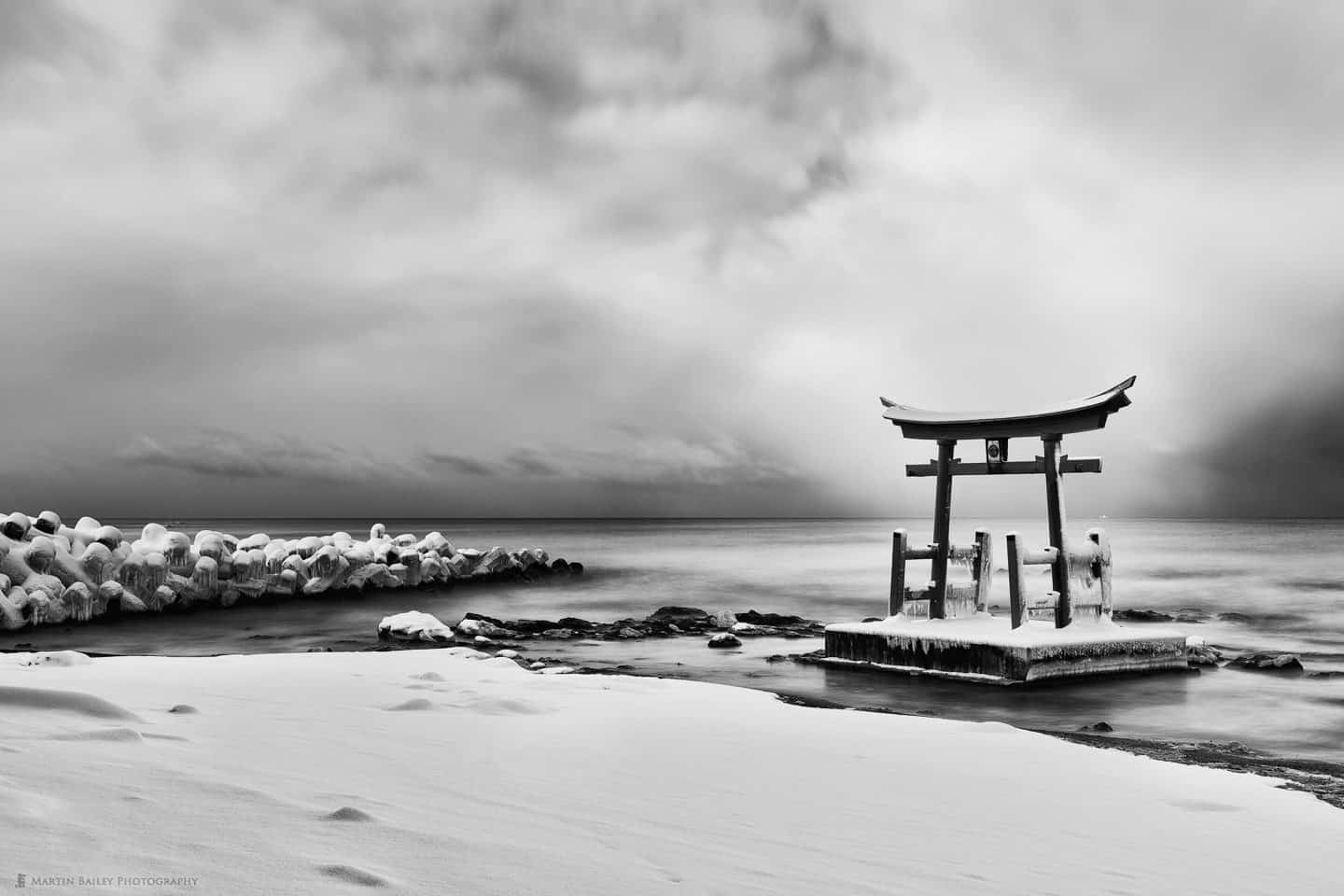
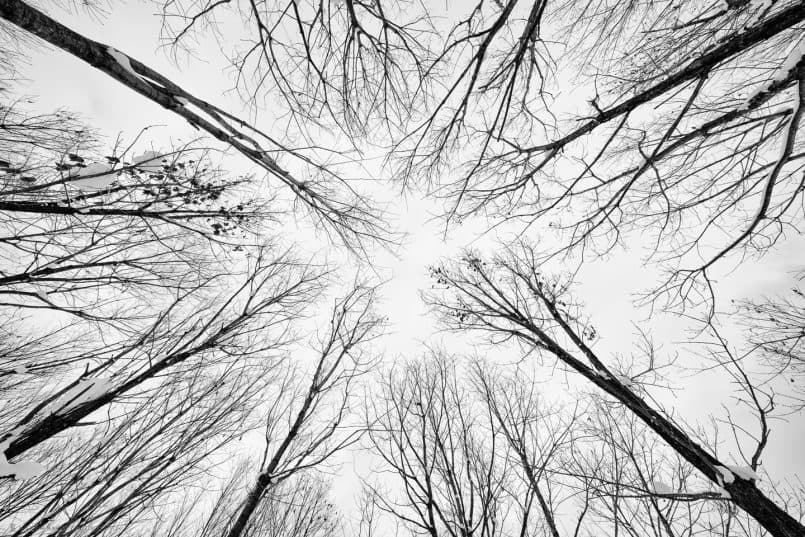
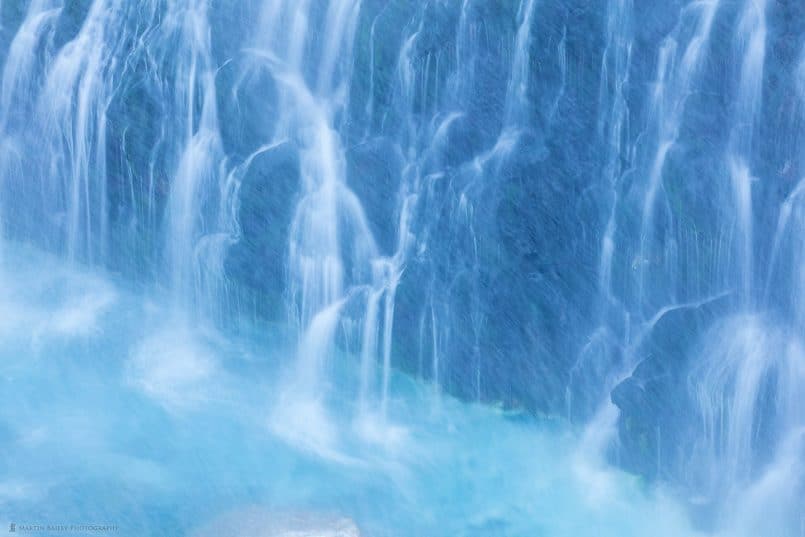
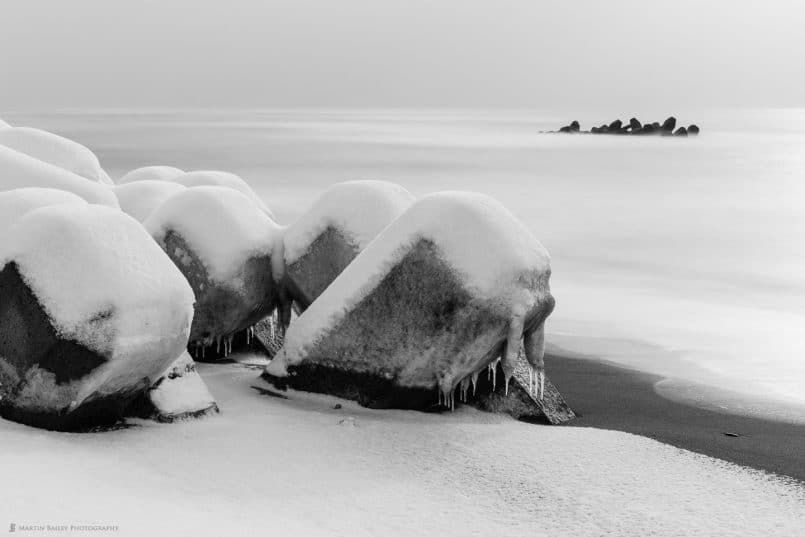
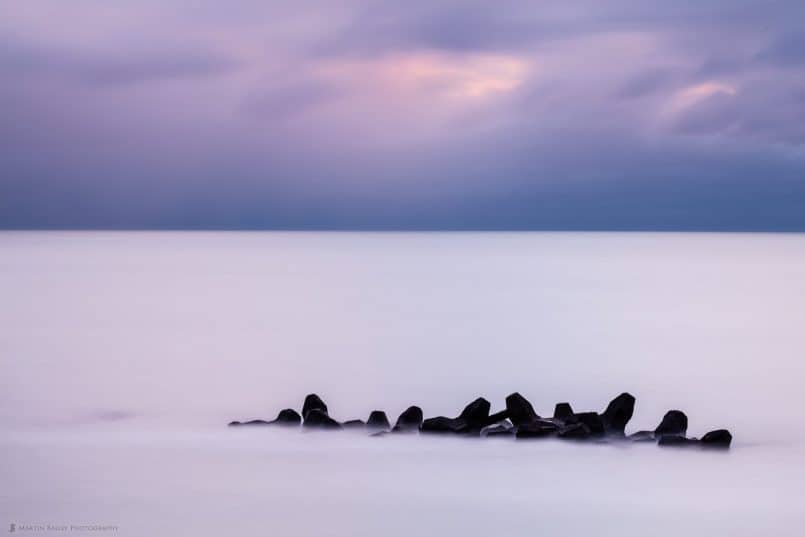
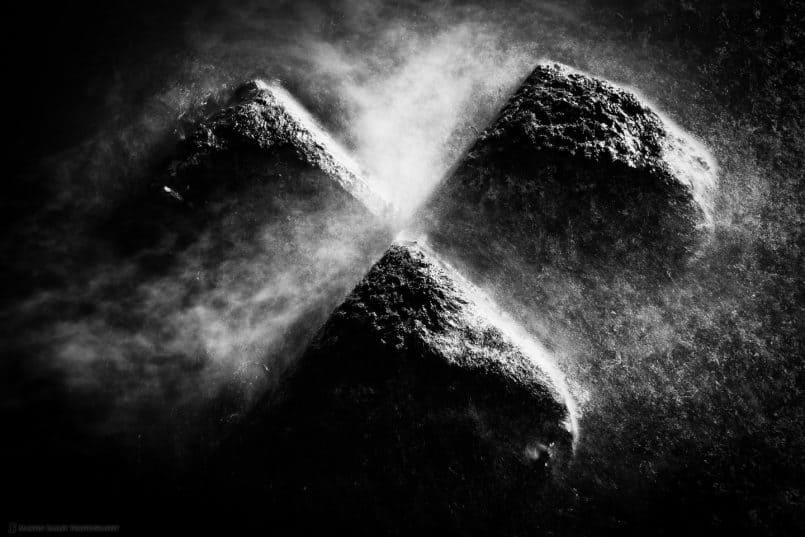
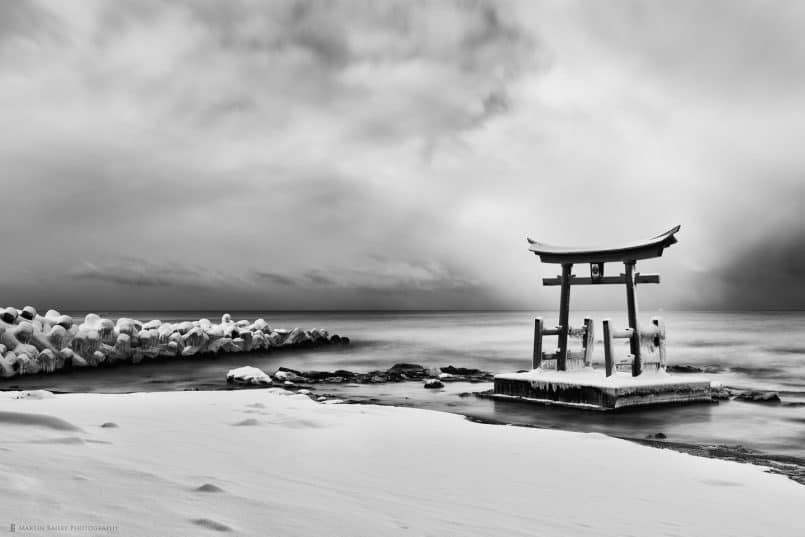
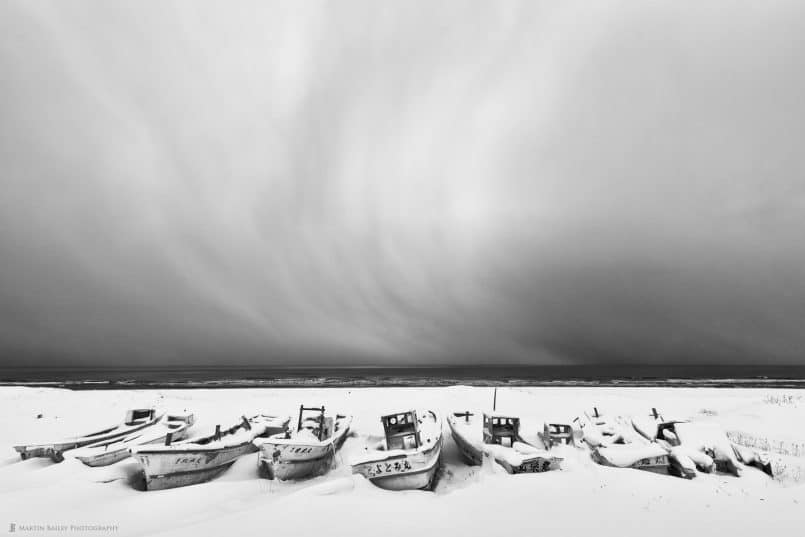
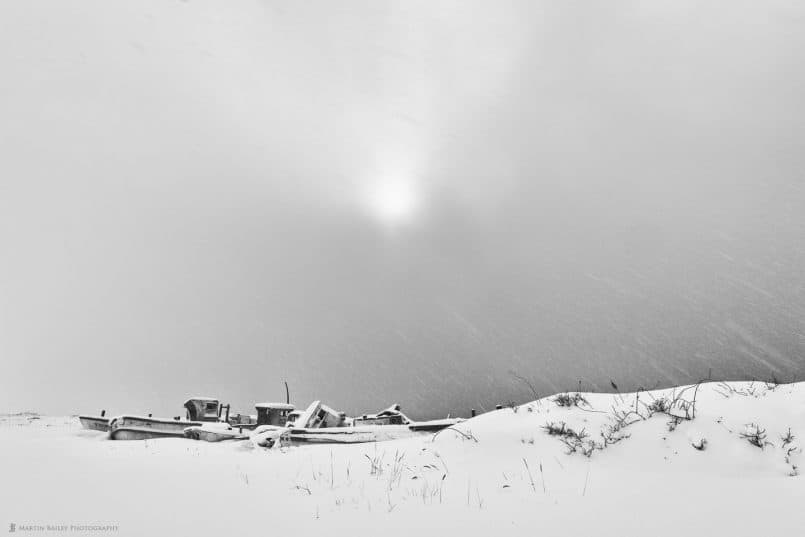
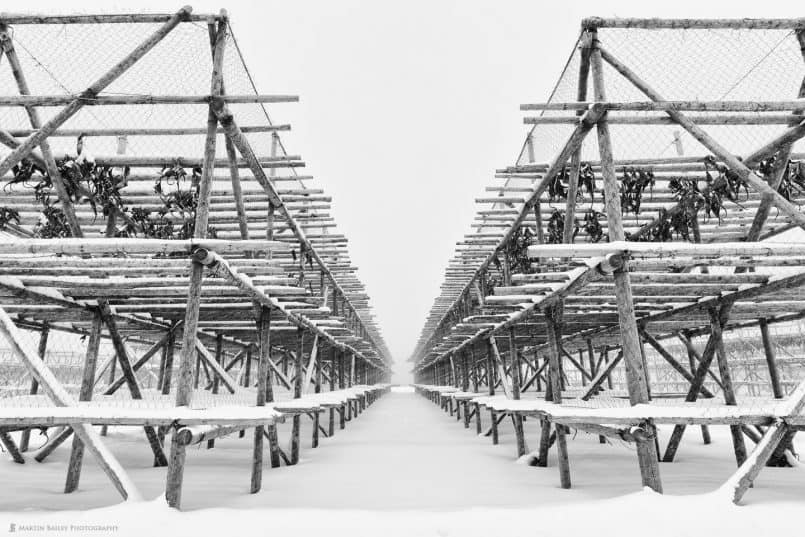
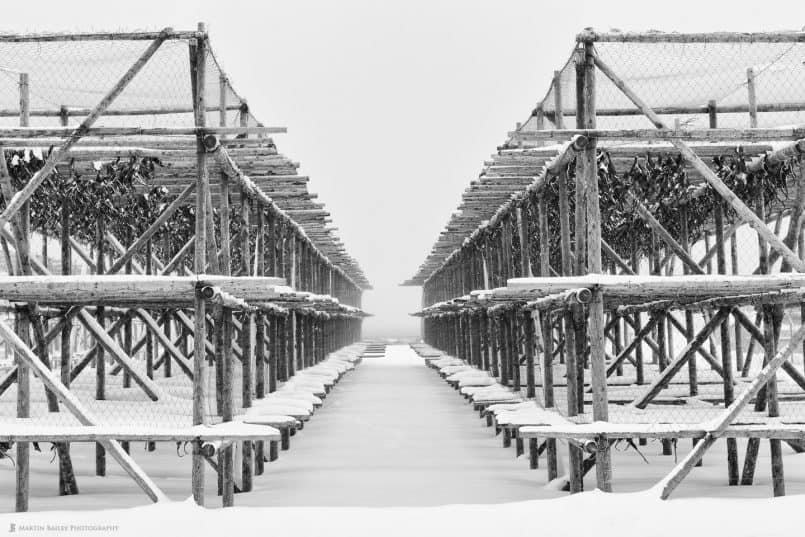

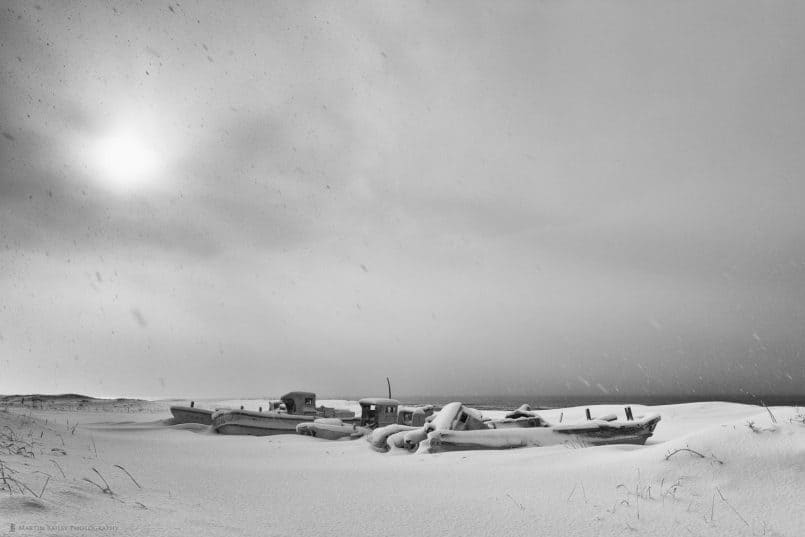
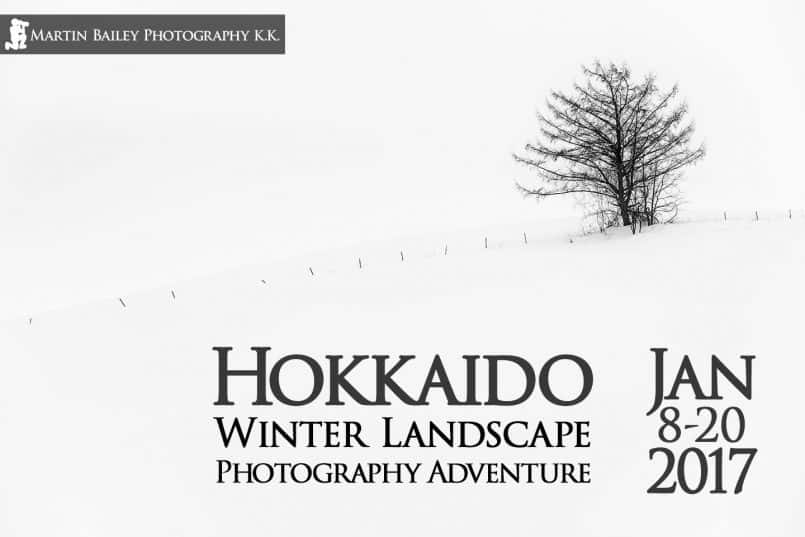

Looks like ti was a great trip Martin, look forward to reading the final episode.
It was a very good trip, thanks Steven. I’m pleased you are enjoying this series. The next episode is in the pipe ready for release next week, while I’m traveling on the first of my two wildlife tours for this season. I hope you enjoy the concluding episode!
The “Boat Graveyard in Heavy Snow” has it all for me. The snow falling adds just the right finish to it.